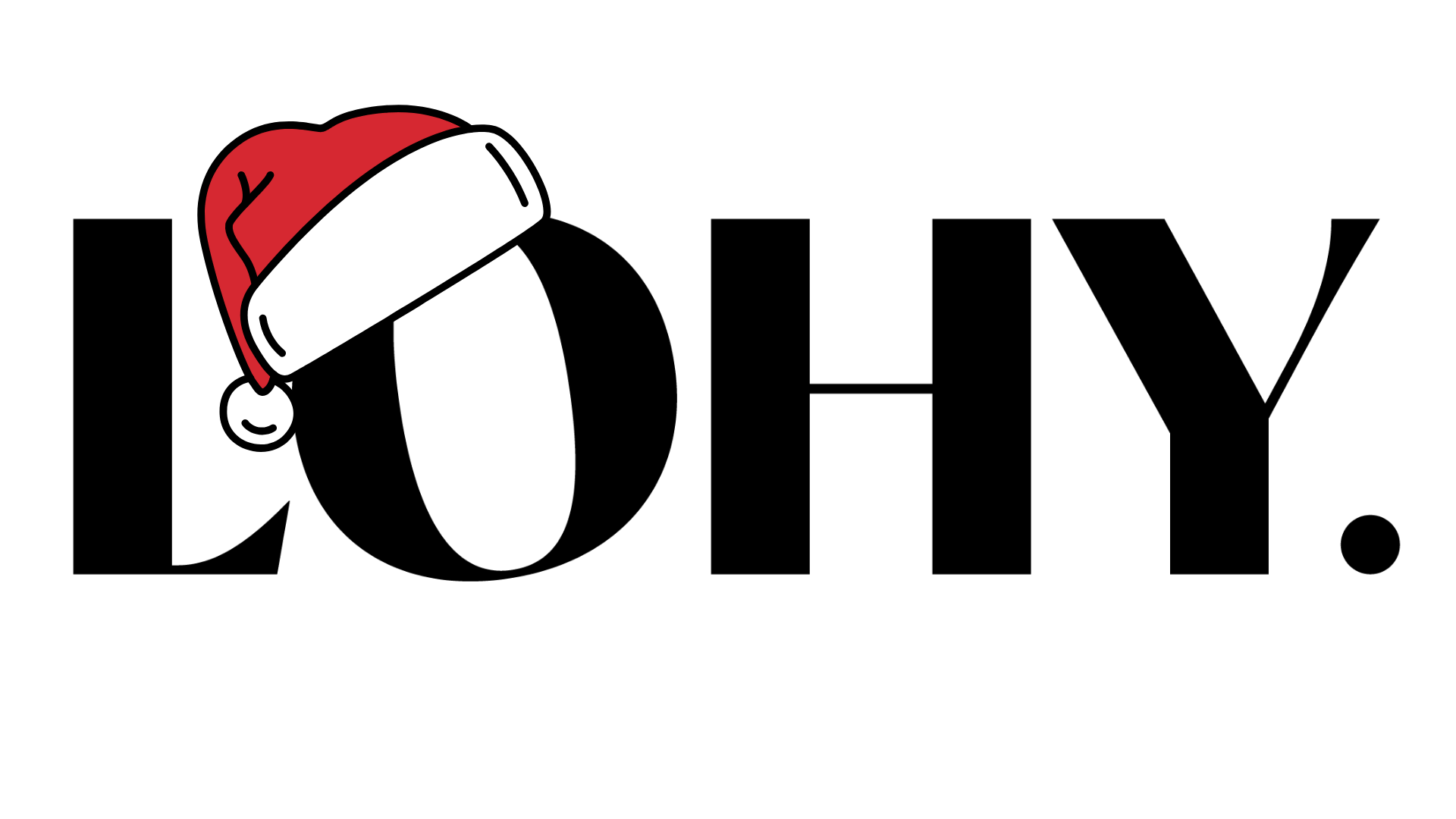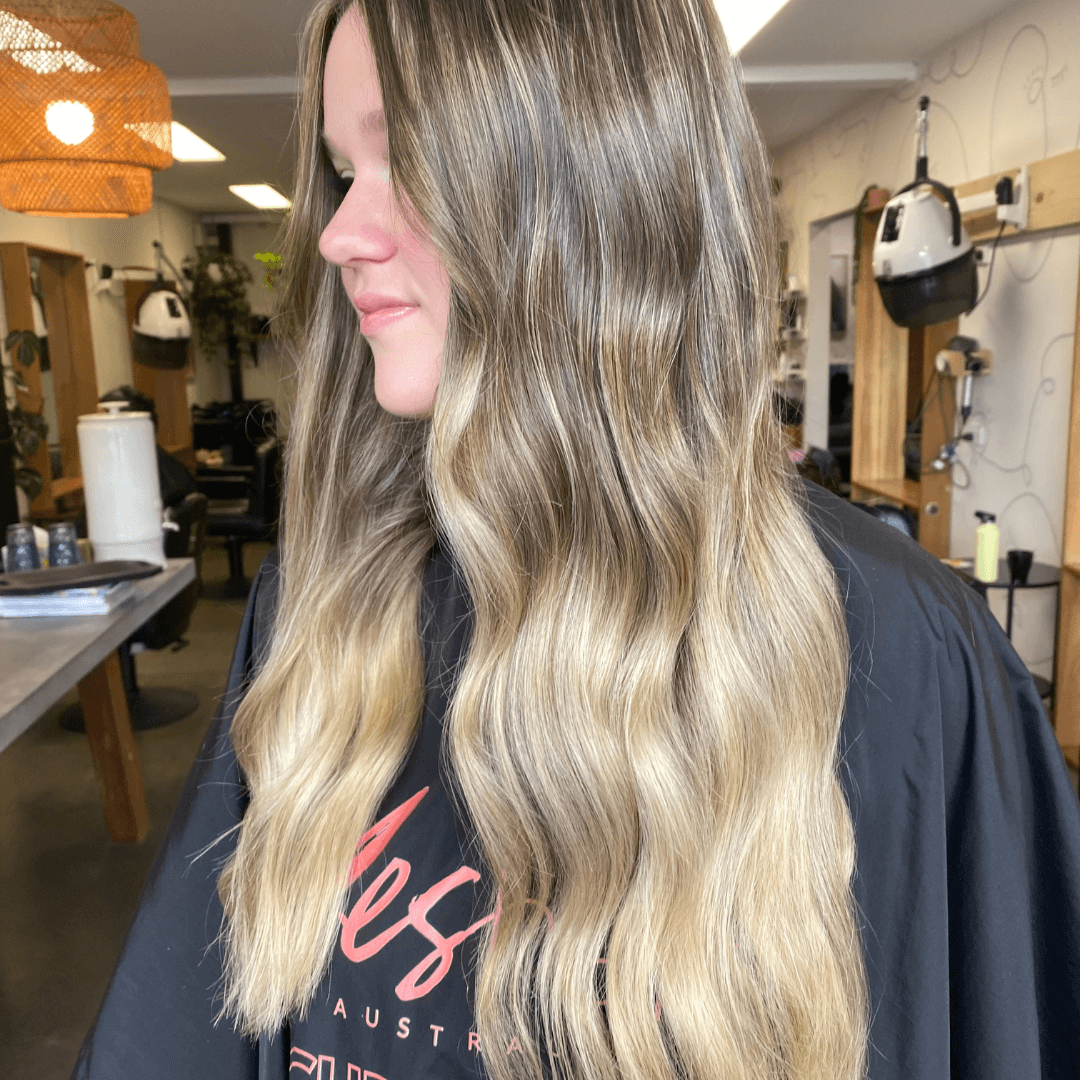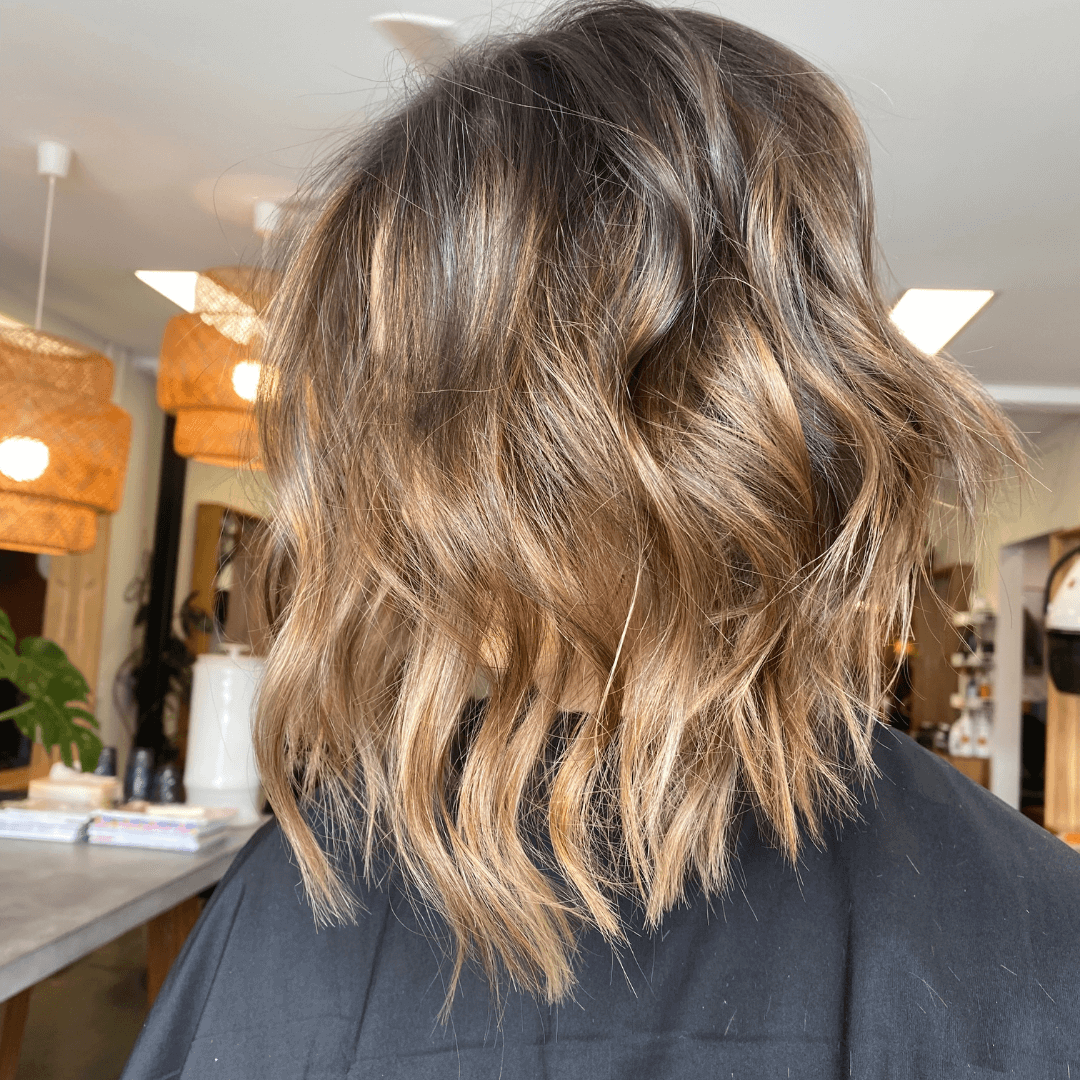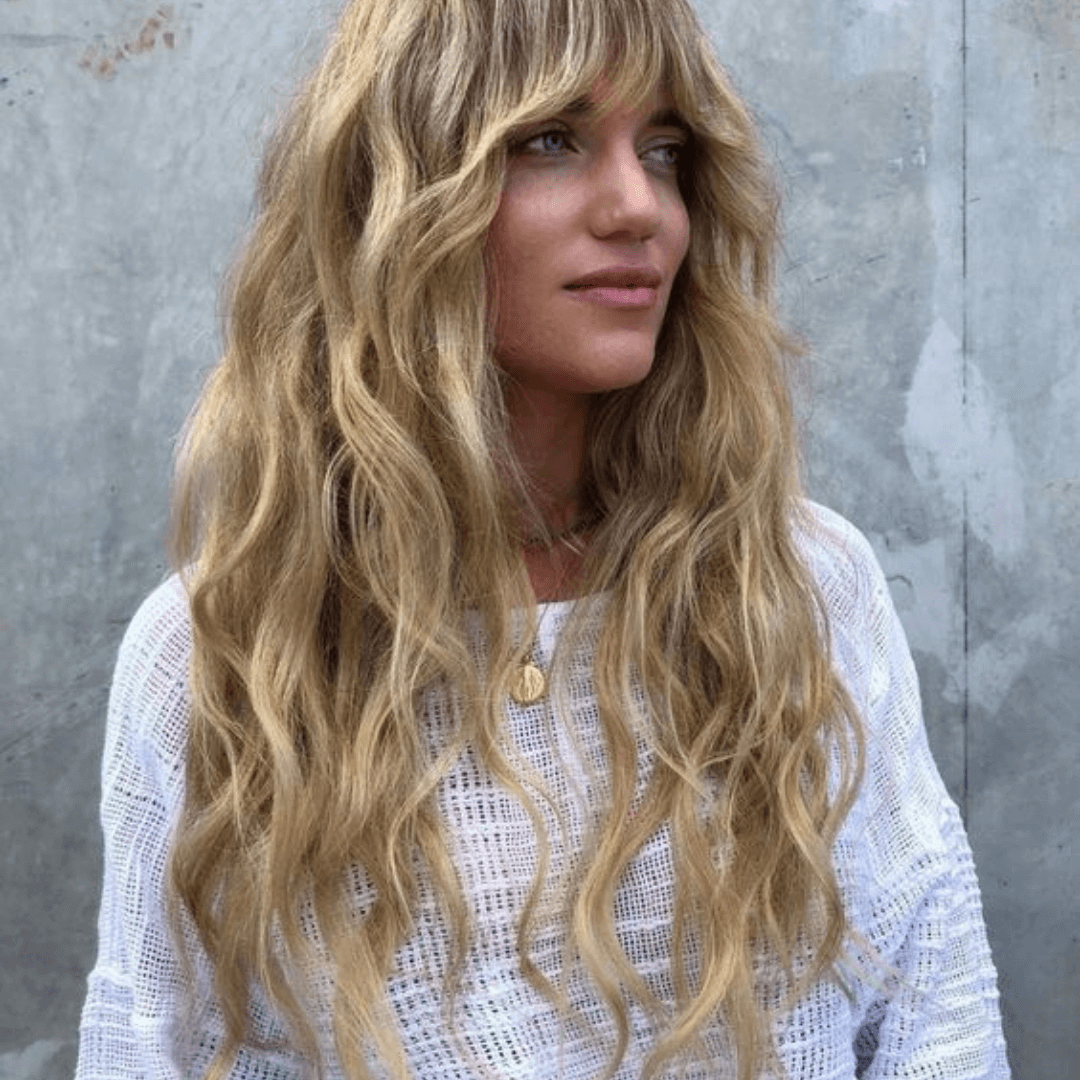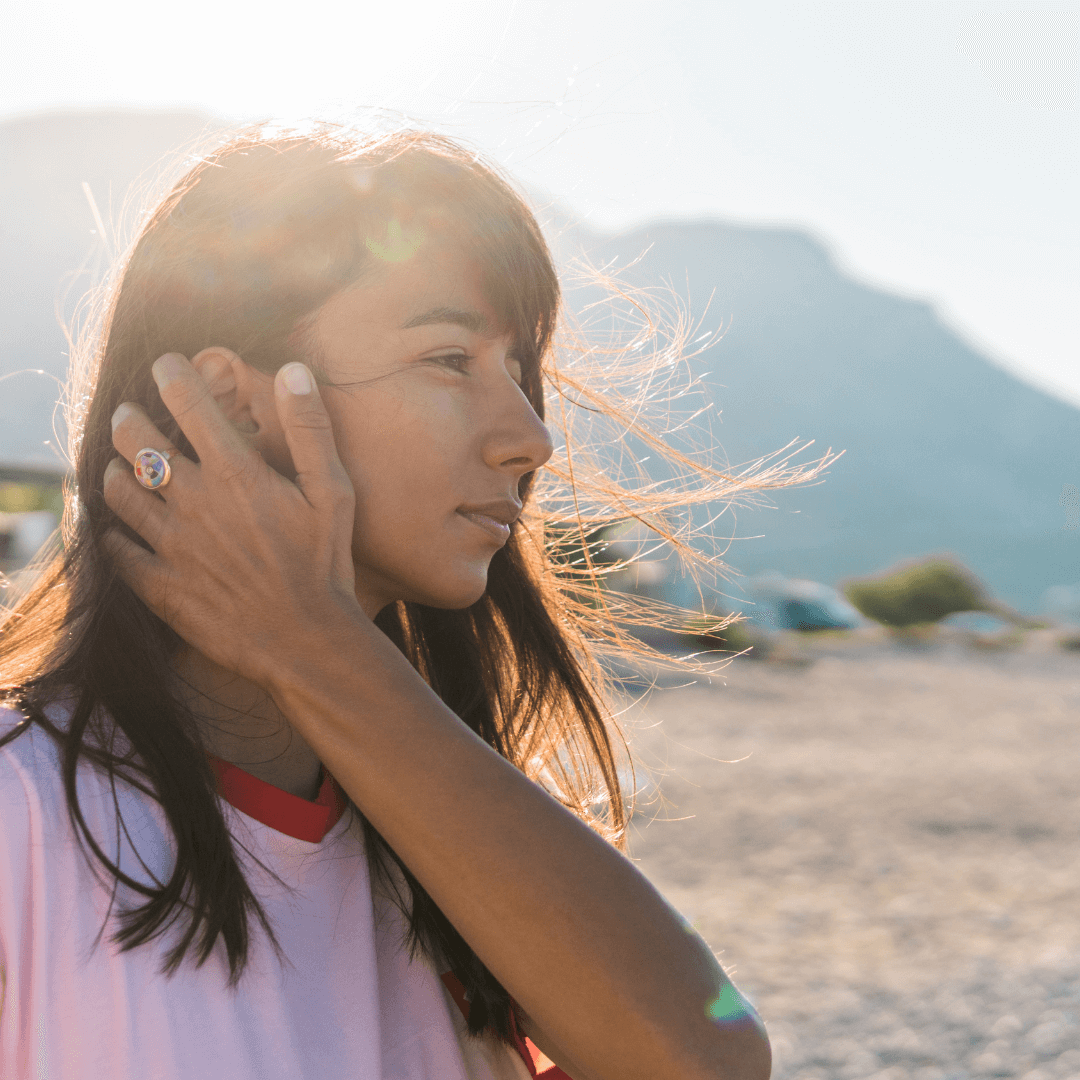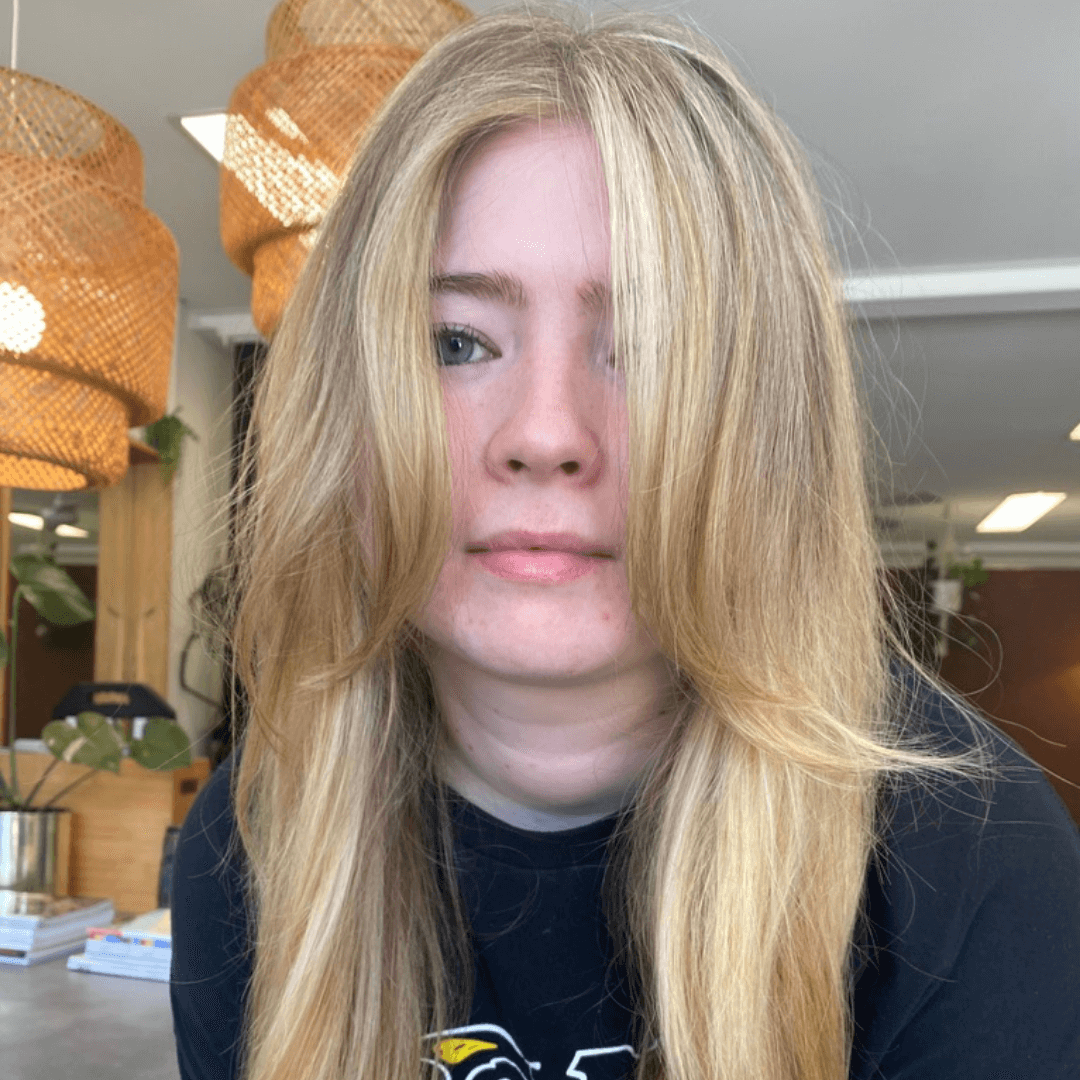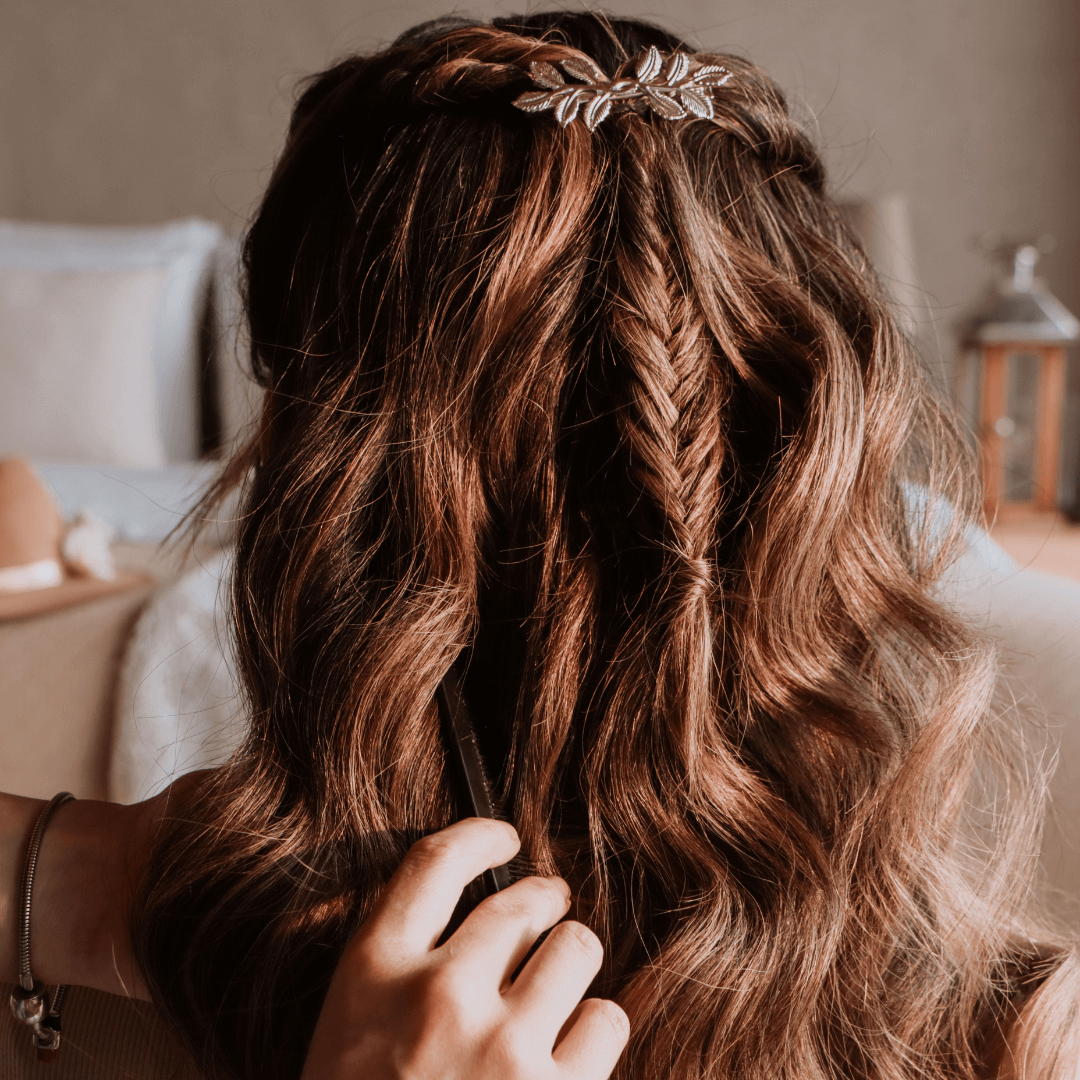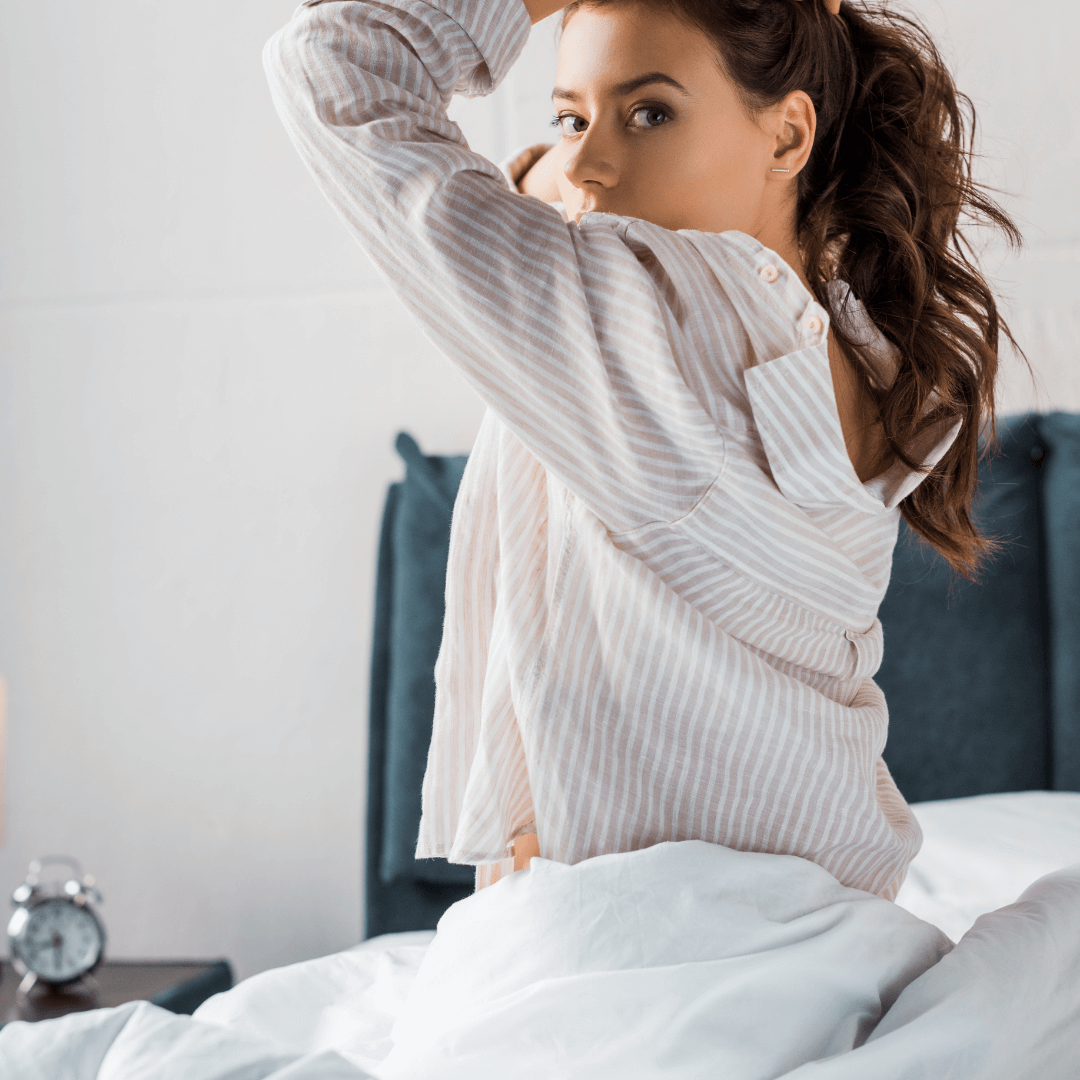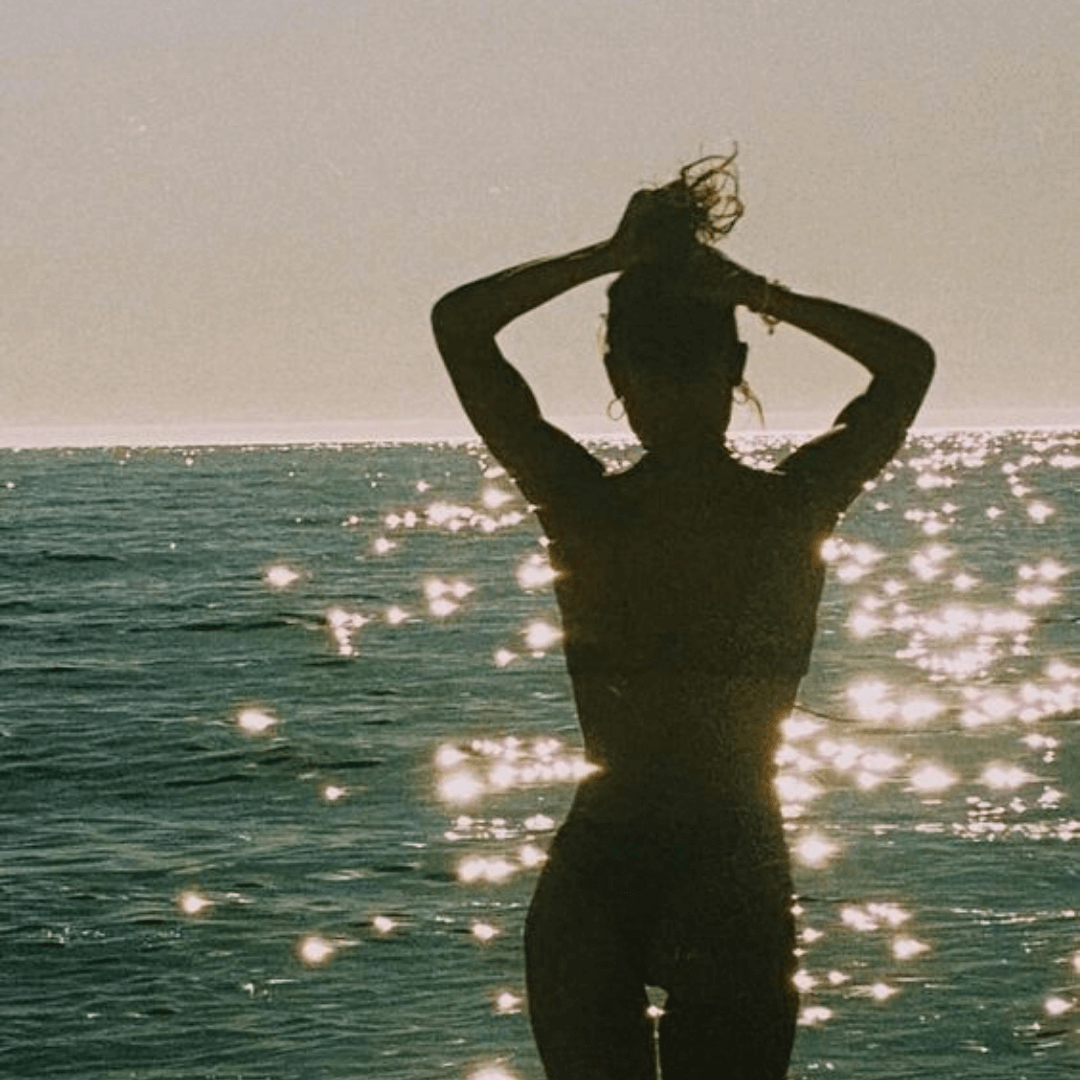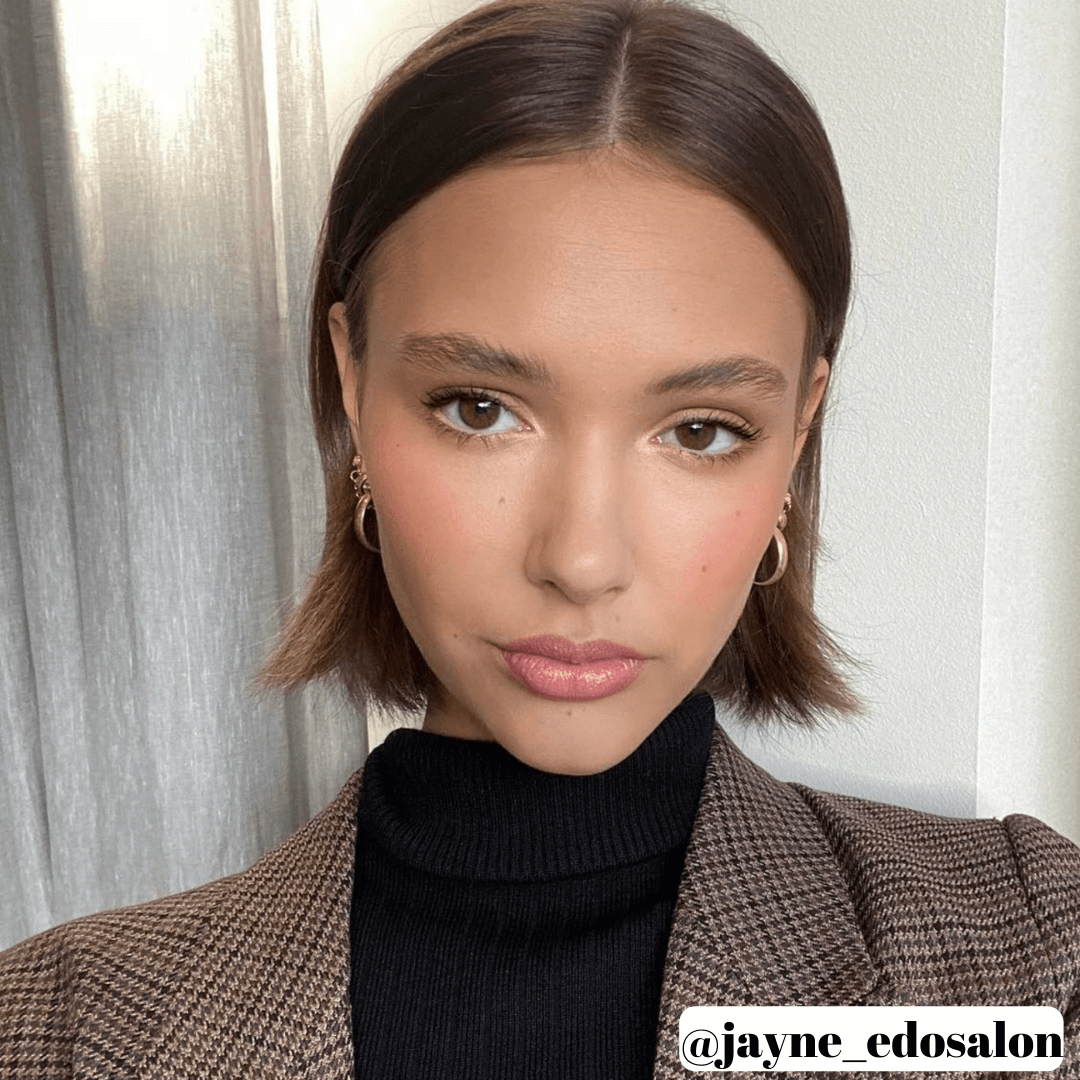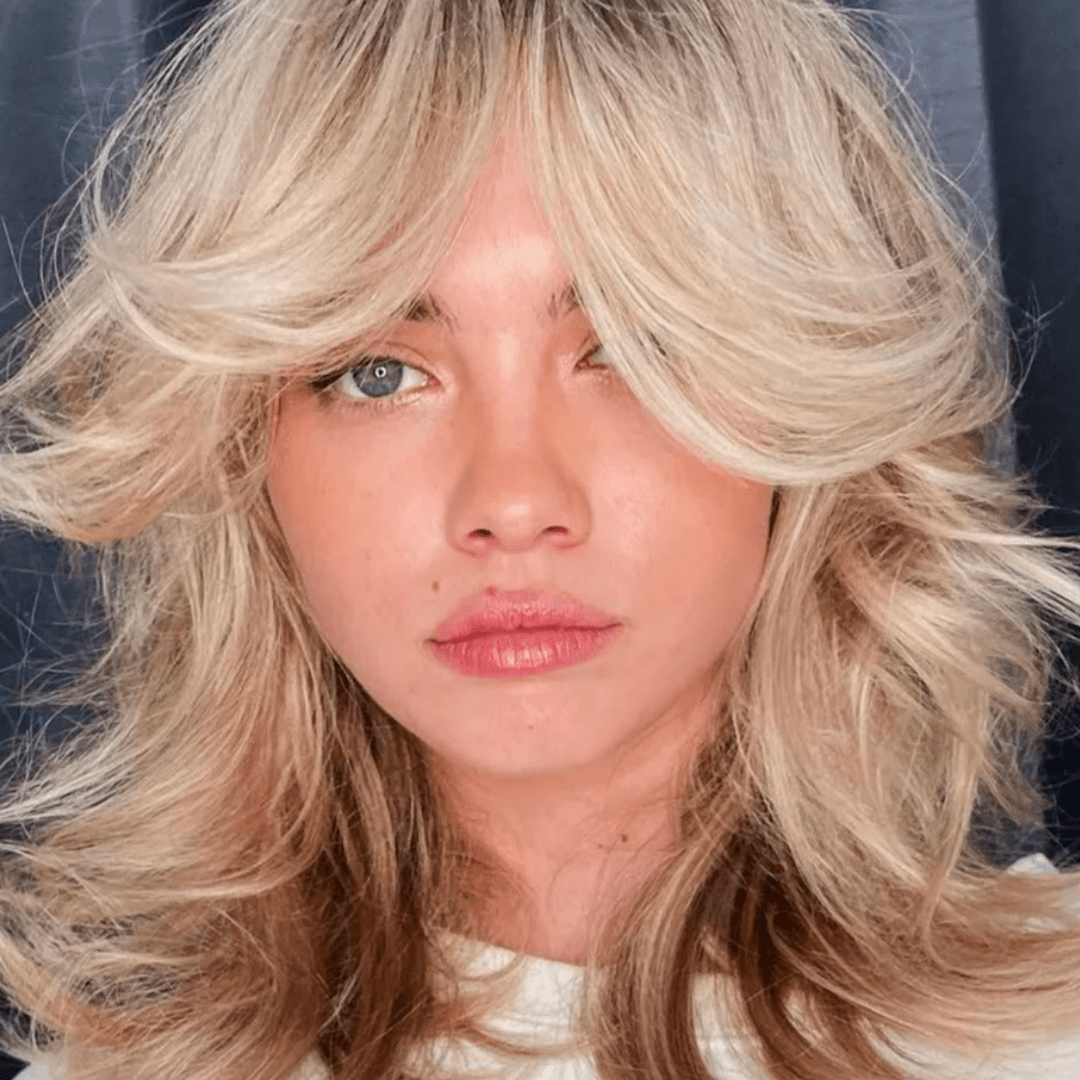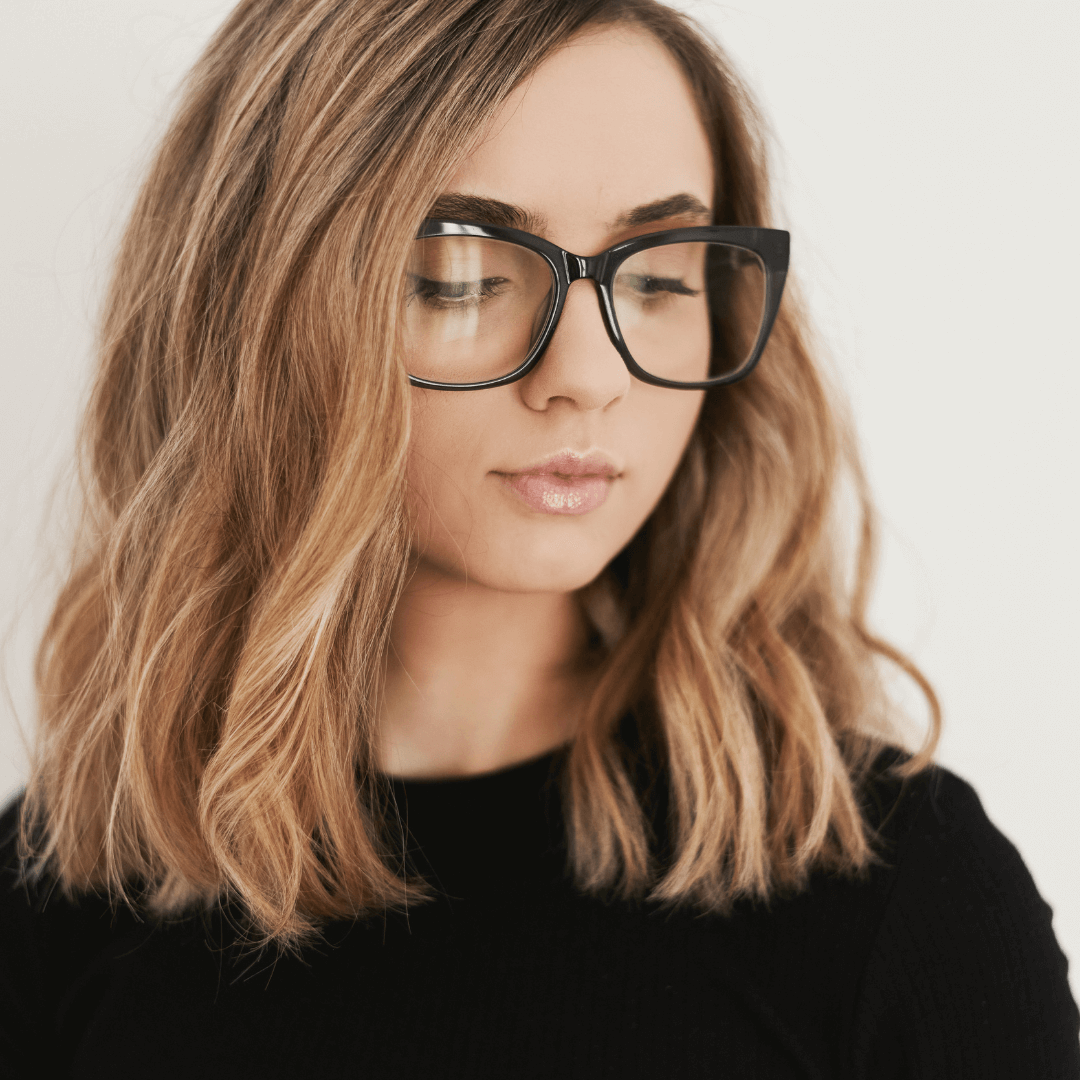Everything You Need to Know About Type 1C Hair Care!
Where the allure of straight hair meets the intrigue of waves, Type 1C hair is fascinating!
Often mistaken for Type 2 Hair, this unique hair type combines the texture of straight hair with a hint of waviness, offering a versatile canvas for various styles and looks. Whether you're new to understanding your hair type or looking to refine your care and styling techniques, we’re here to help you embrace and enhance the natural beauty of your Type 1C hair.
💡 Not sure if Type 1 hair is your exact match? Or want to know which products are best for your unique hair type? Take our Hair Quiz to find out! Answer a few quick questions and get personalised recommendations tailored to your hair’s needs.
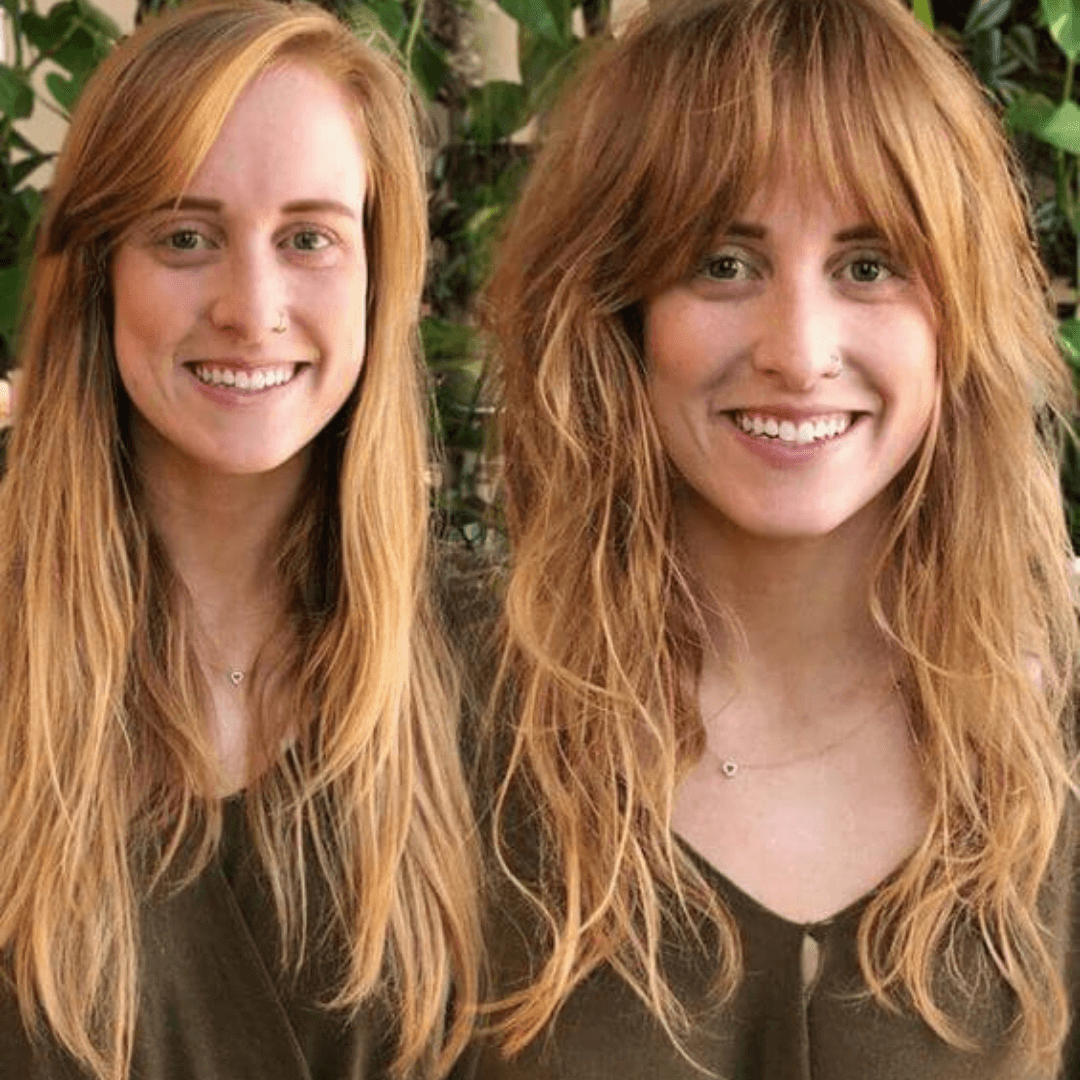
What Exactly is Type 1C Hair?
Type 1C hair is the most textured variation within the Type 1 hair category. It stands out with its distinct characteristics – being primarily straight but with a noticeable body and a subtle wave, especially towards the ends. This hair type can often appear fuller and thicker than its 1A and 1B counterparts and provides a natural bounce that sets it apart. Unlike the pin-straight Type 1A or the slightly wavier Type 1B, Type 1C offers the best of both worlds – the ease of straight hair styling with the added dimension of waves.
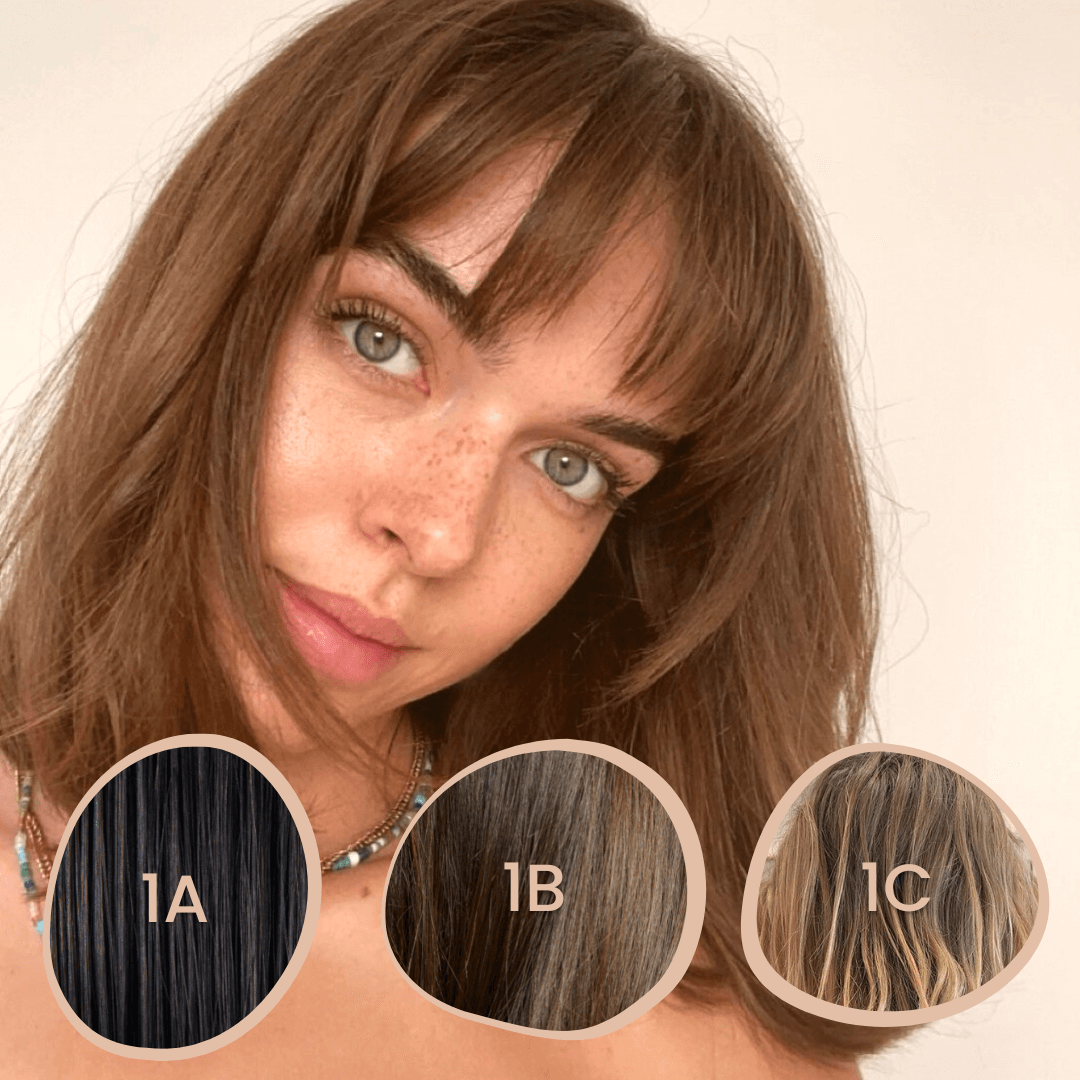
Identifying 1C Wavy Hair
Type 1C hair can sometimes be mistaken for Type 2A hair due to its waviness. And if you’re unsure where your hair falls on the spectrum of Hair Types, we’re here to help! 2A hair has a more pronounced S-shaped pattern, whereas Type 1C, is typically straight, with some gentle and less defined waviness.
Key identifying features of 1C hair include:
- A mostly straight appearance with a slight bend, especially towards the tips.
- More volume and thickness compared to 1A or 1B hair.
- A tendency to frizz, requiring specific moisture and care routines.
- Often has a thicker texture than Type 1A or 1B. But not as fine as a Type 2A.
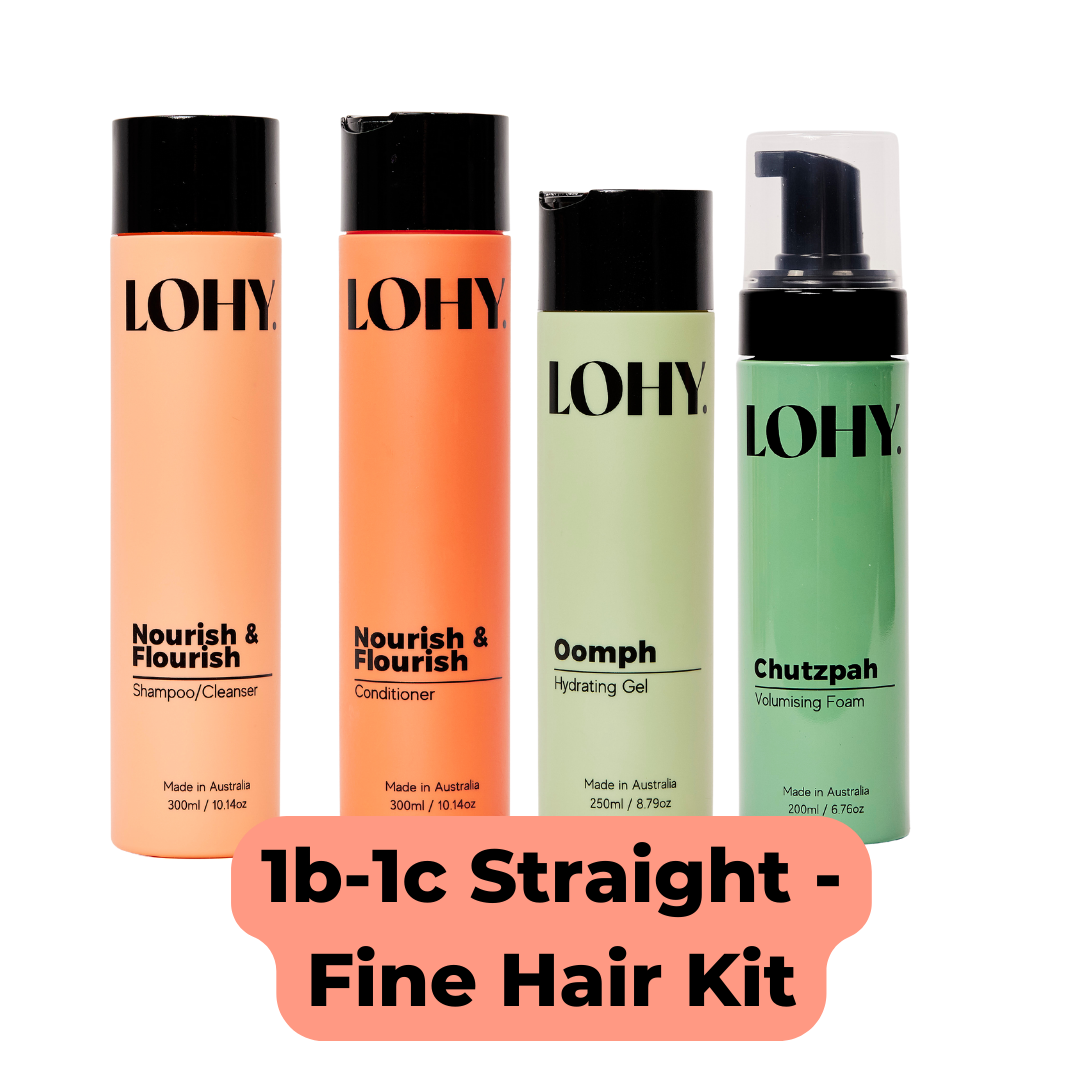
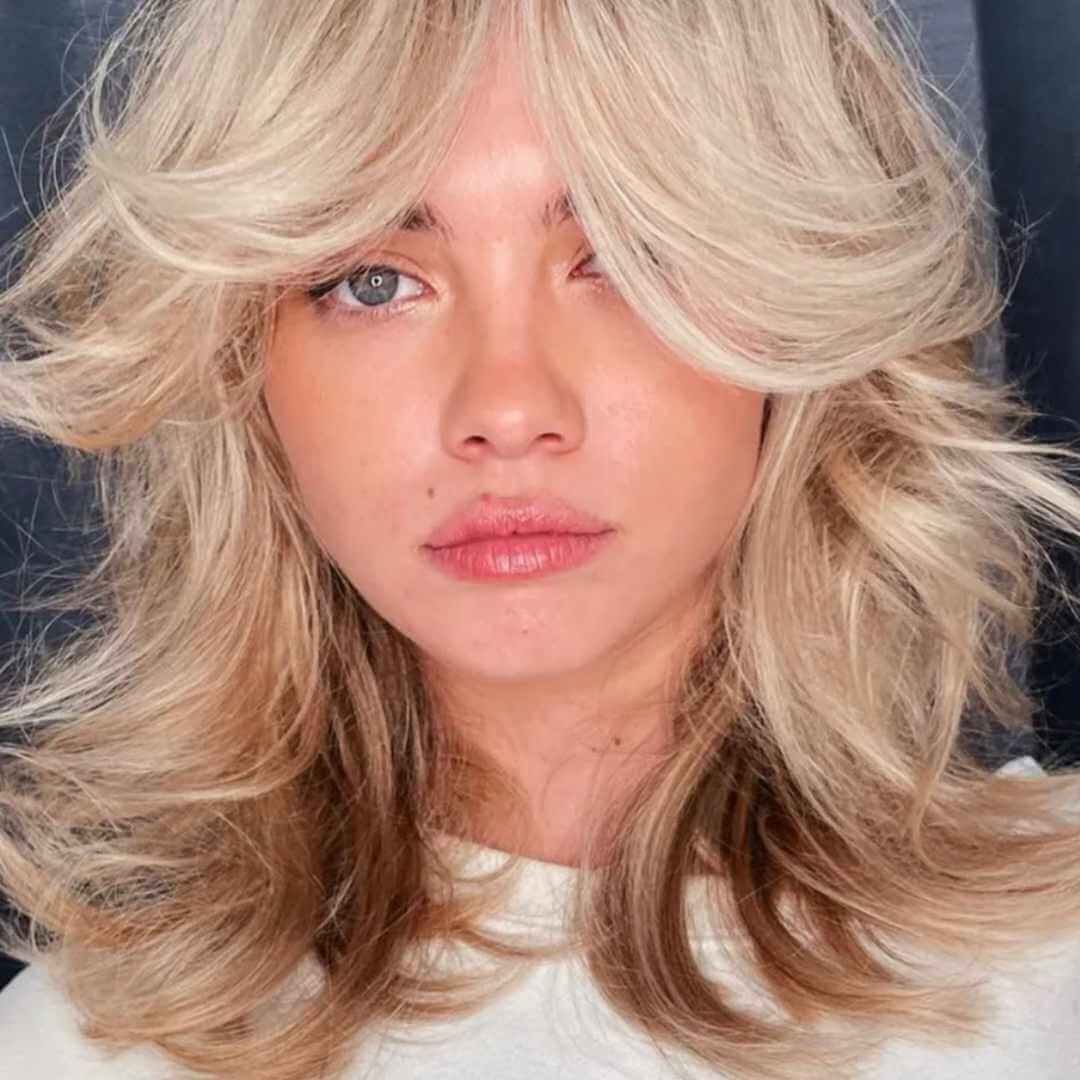
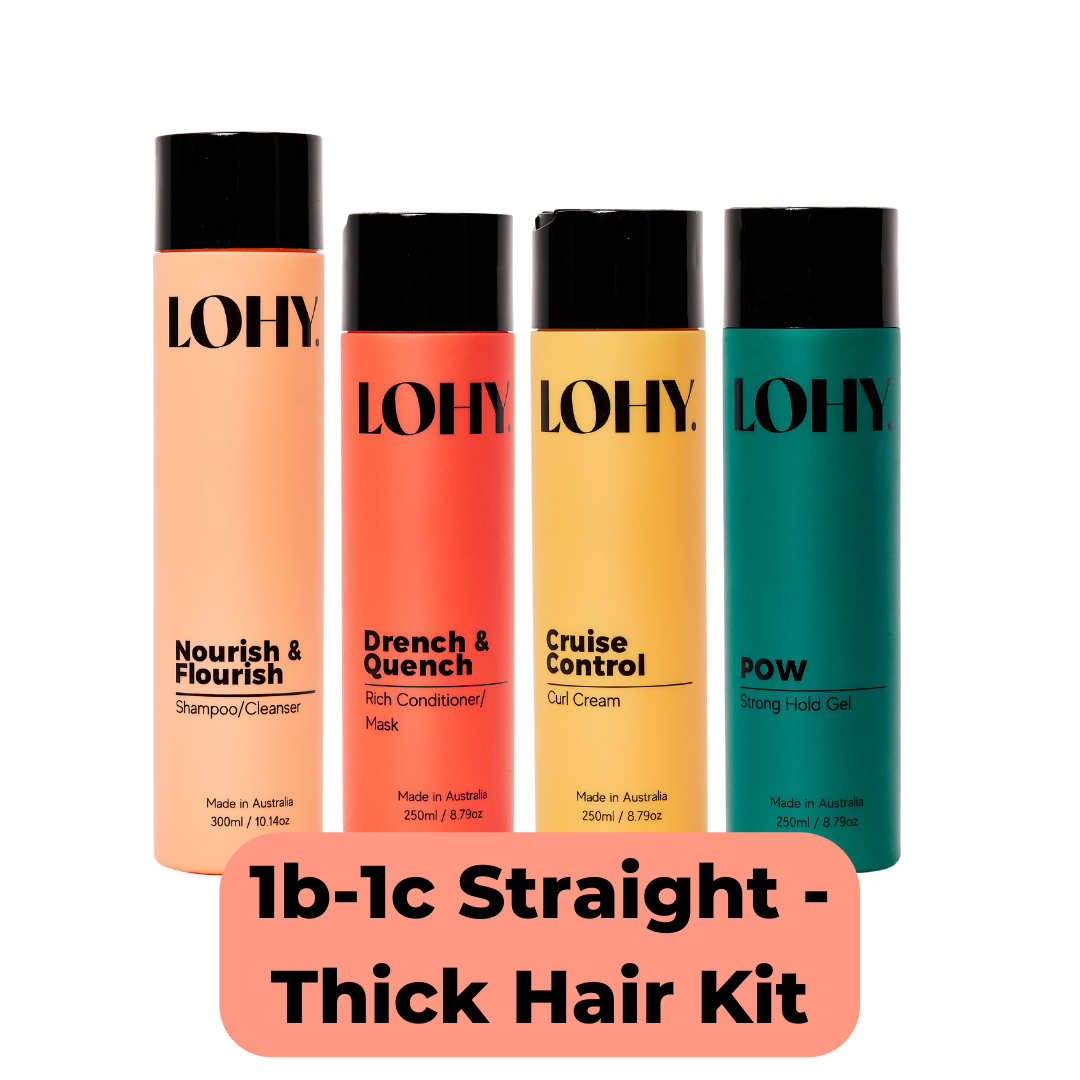
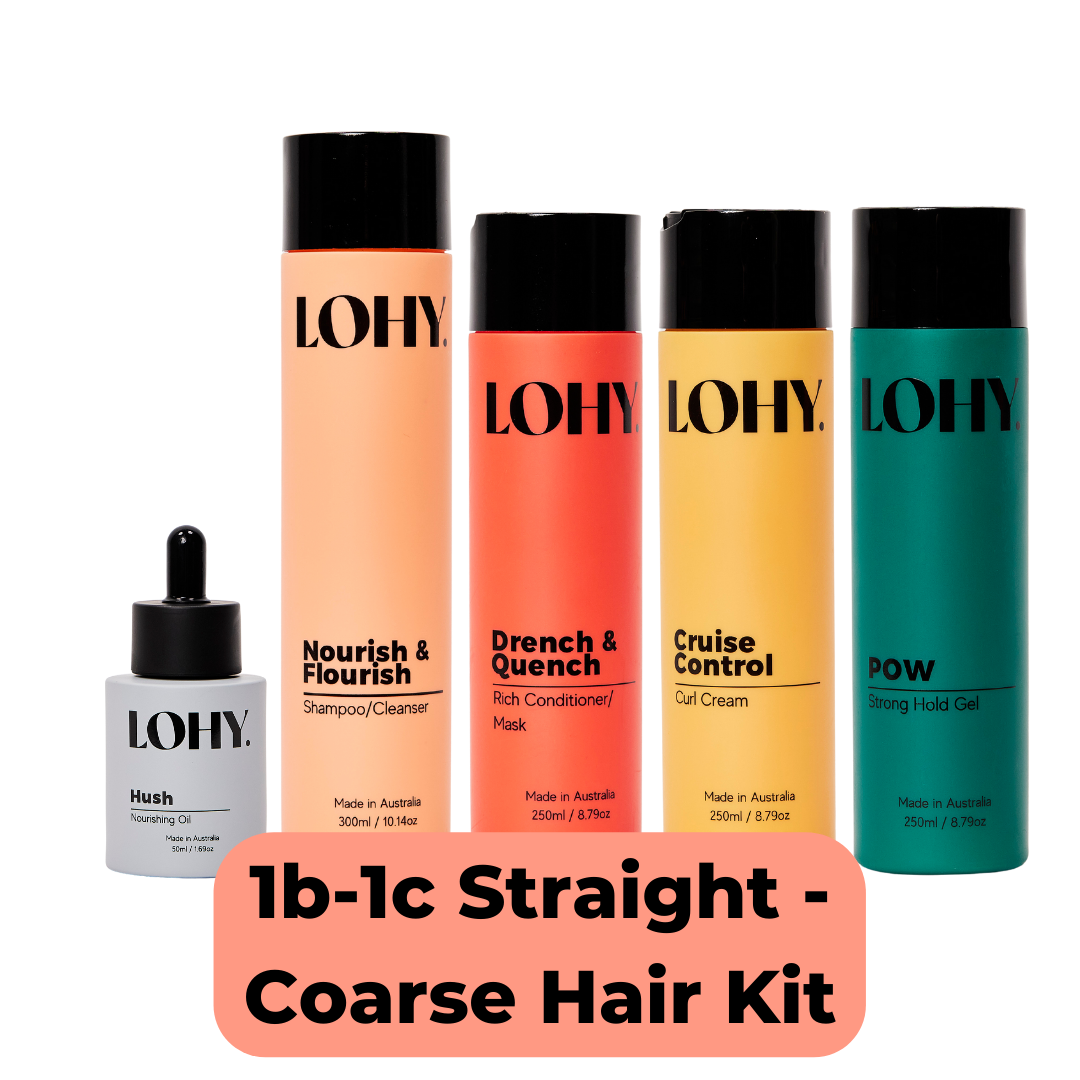
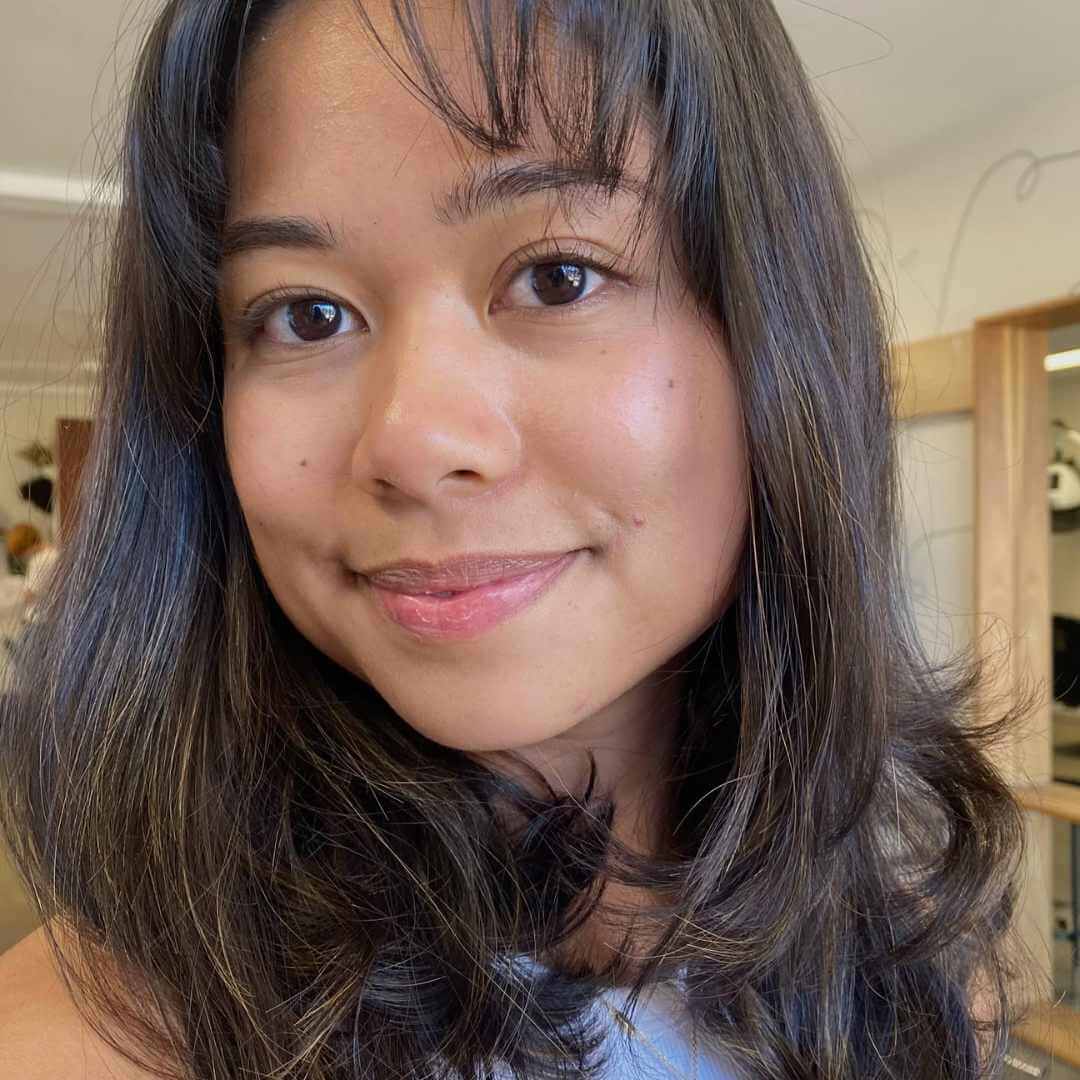
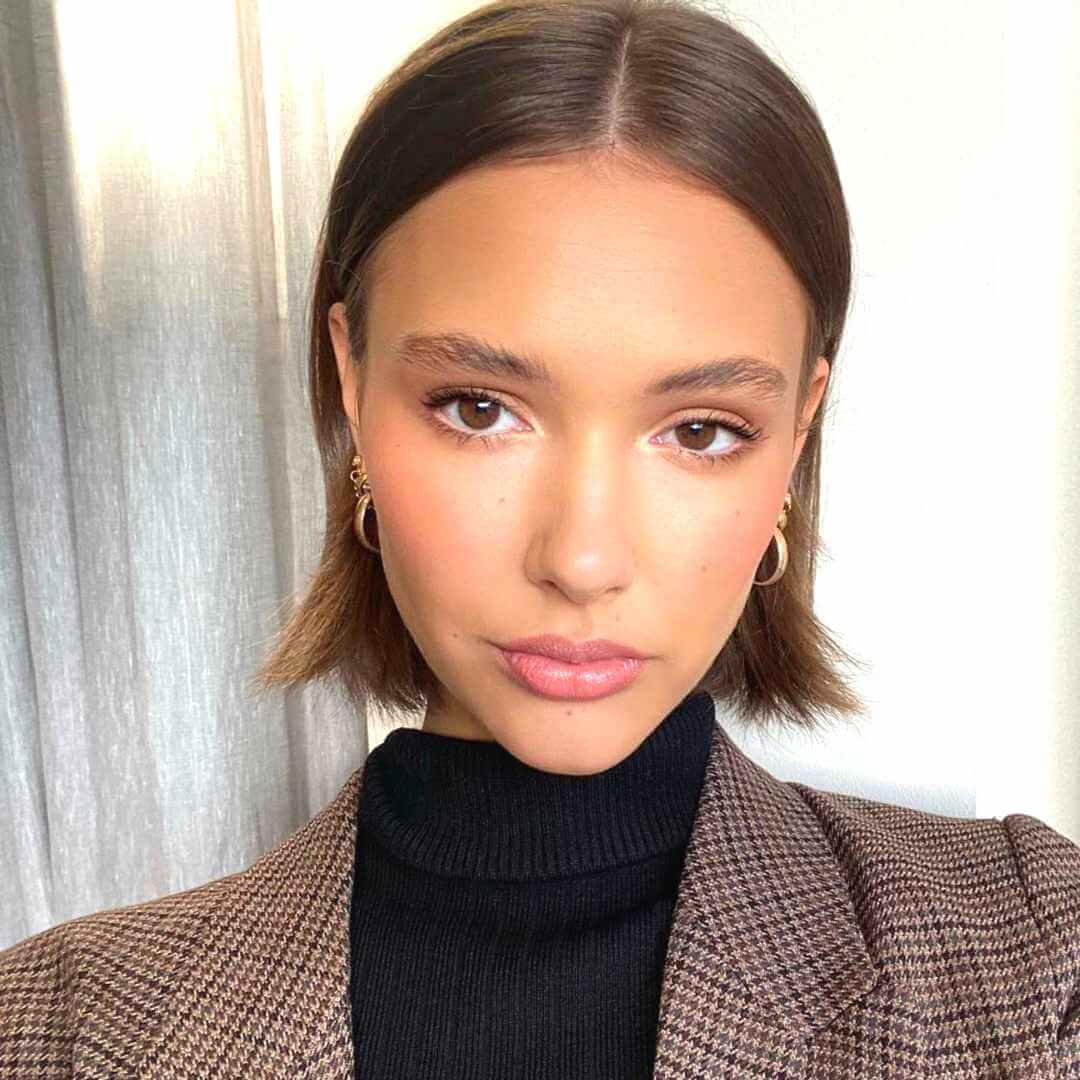
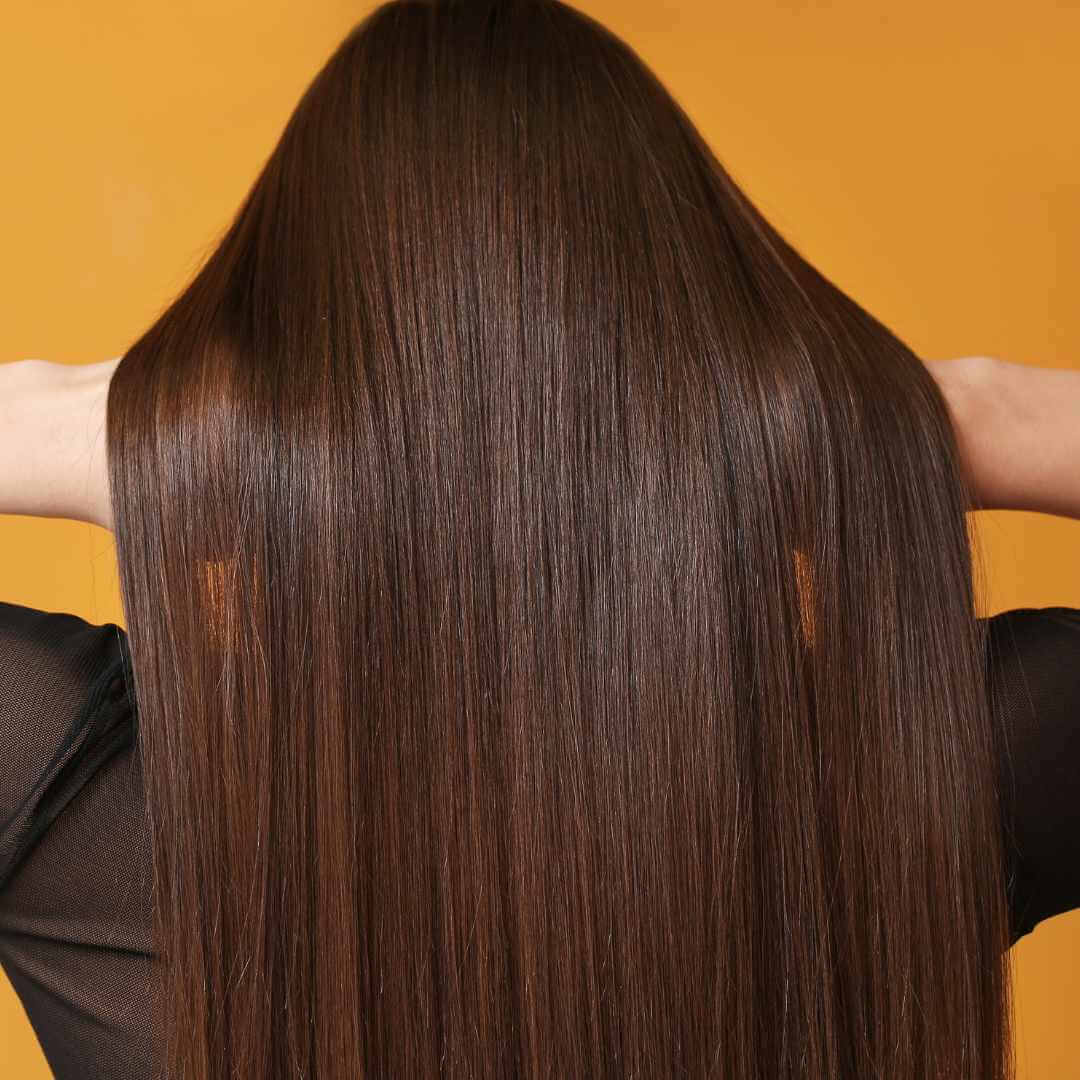
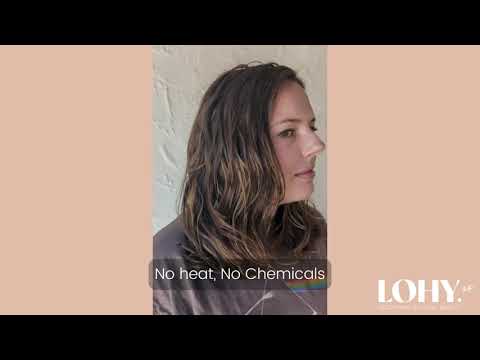
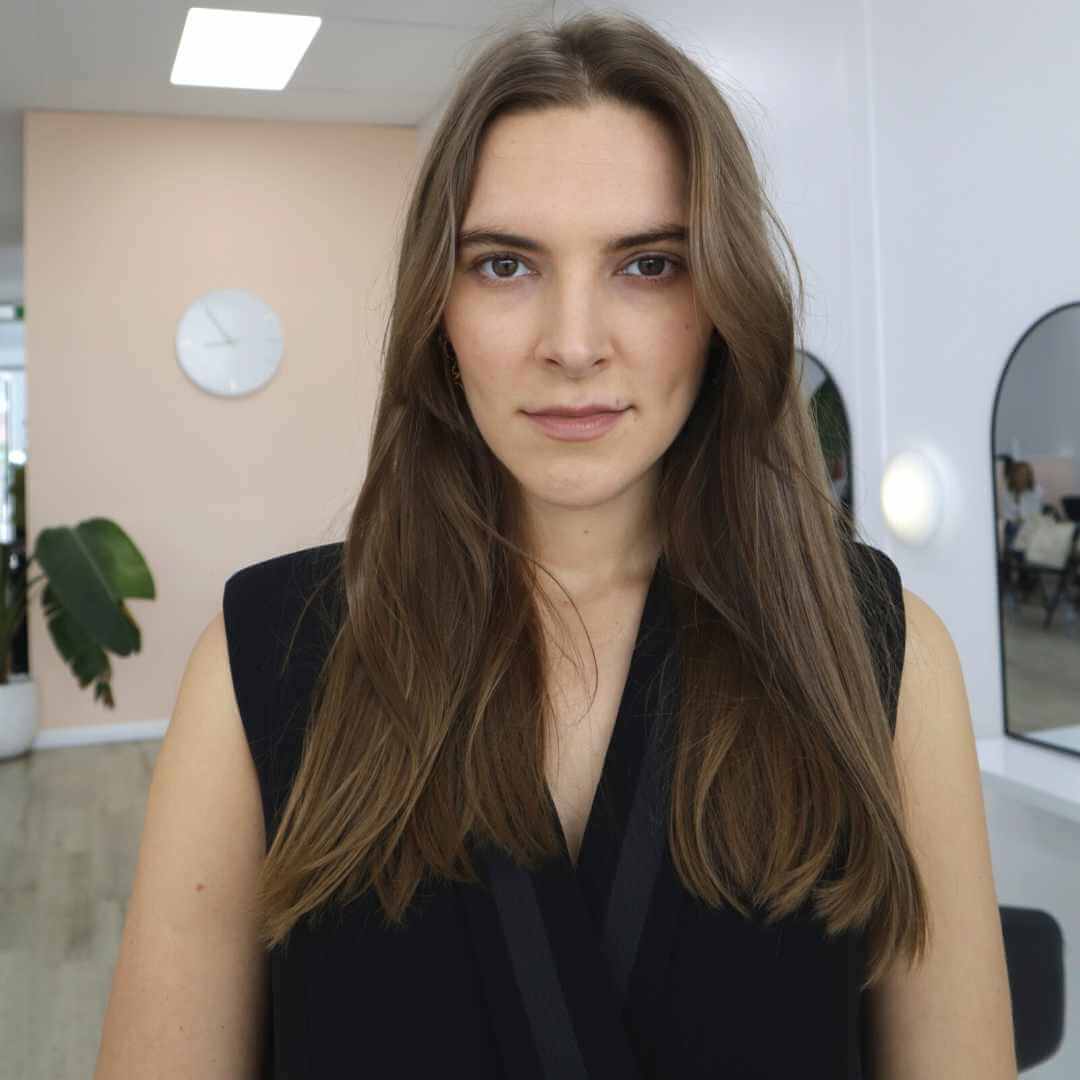
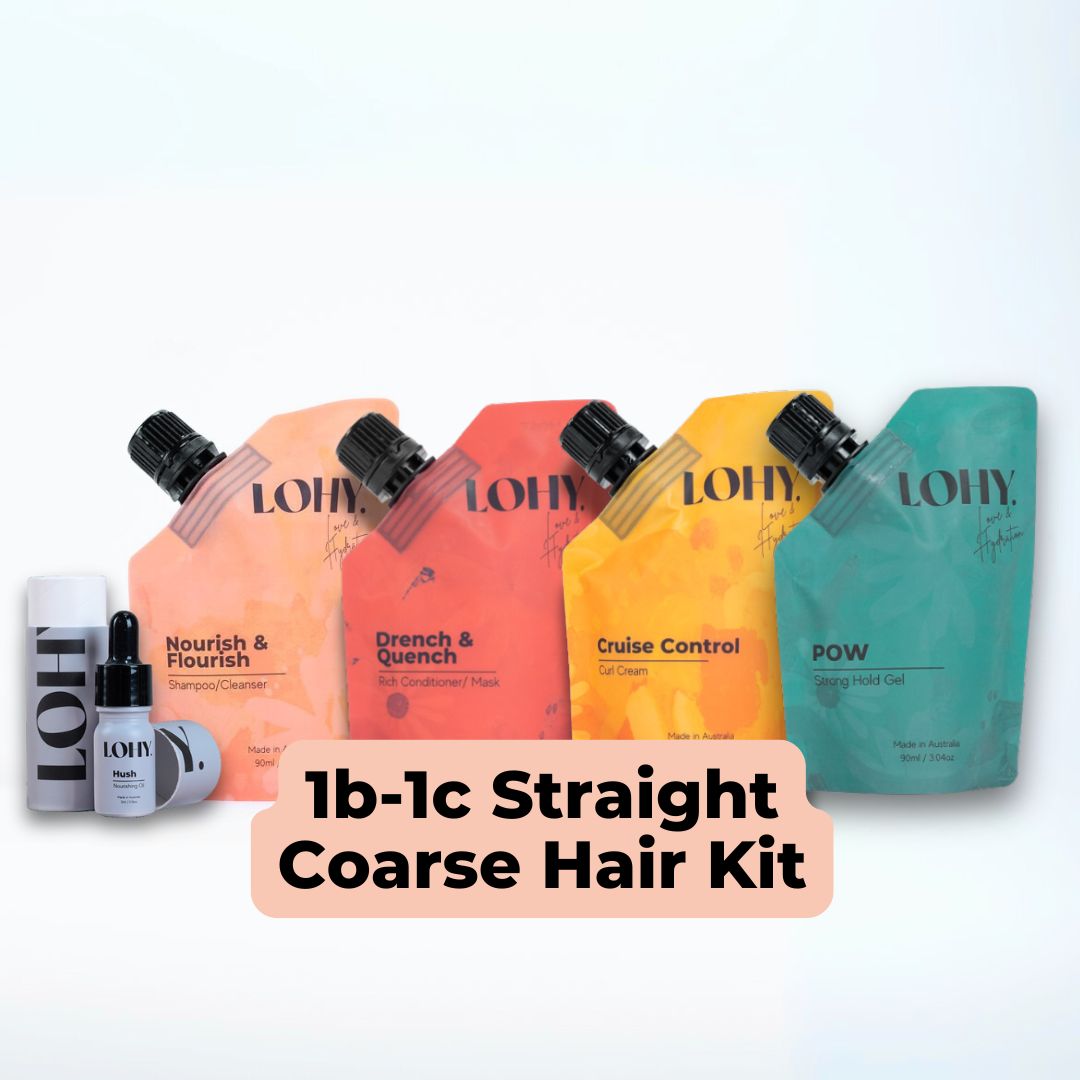
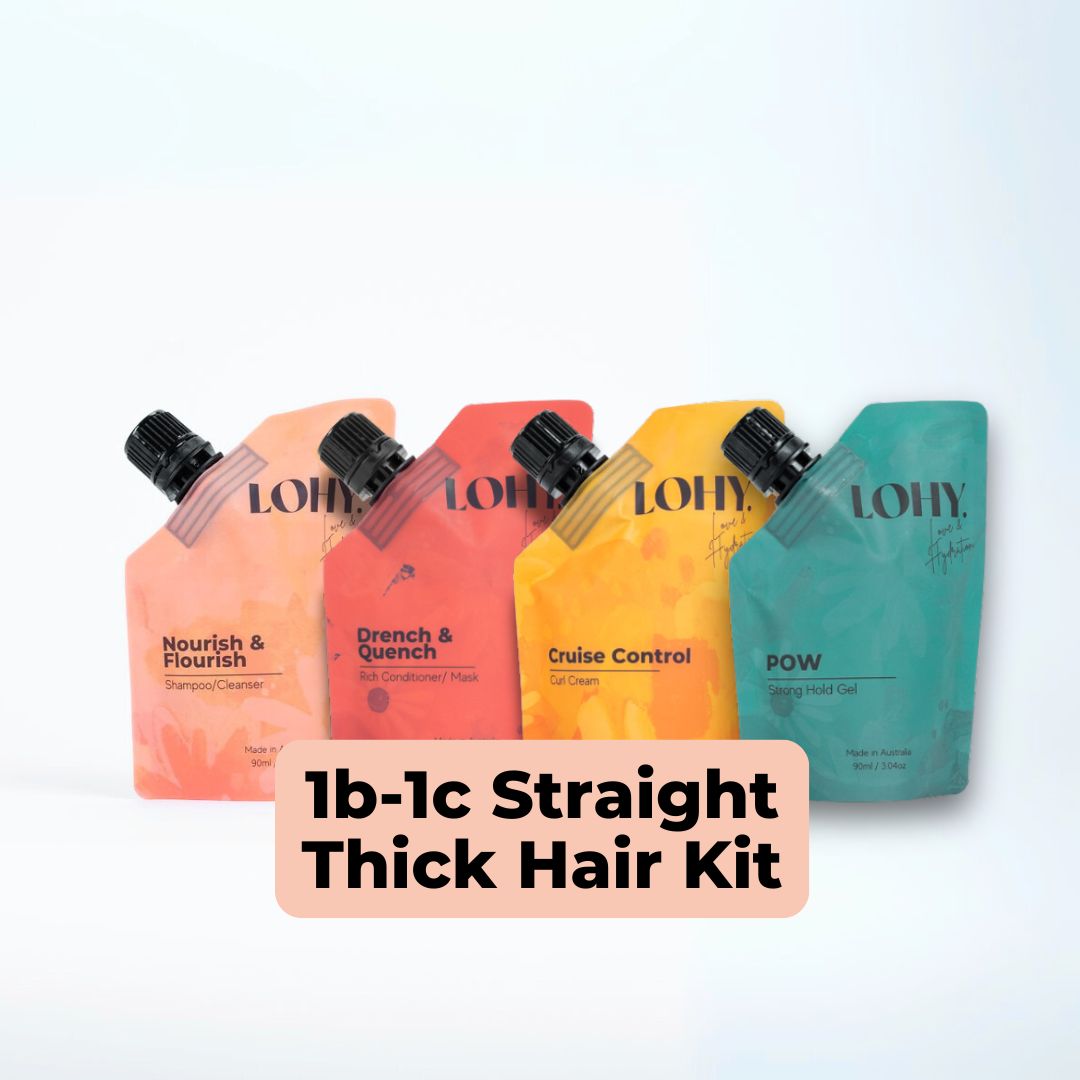
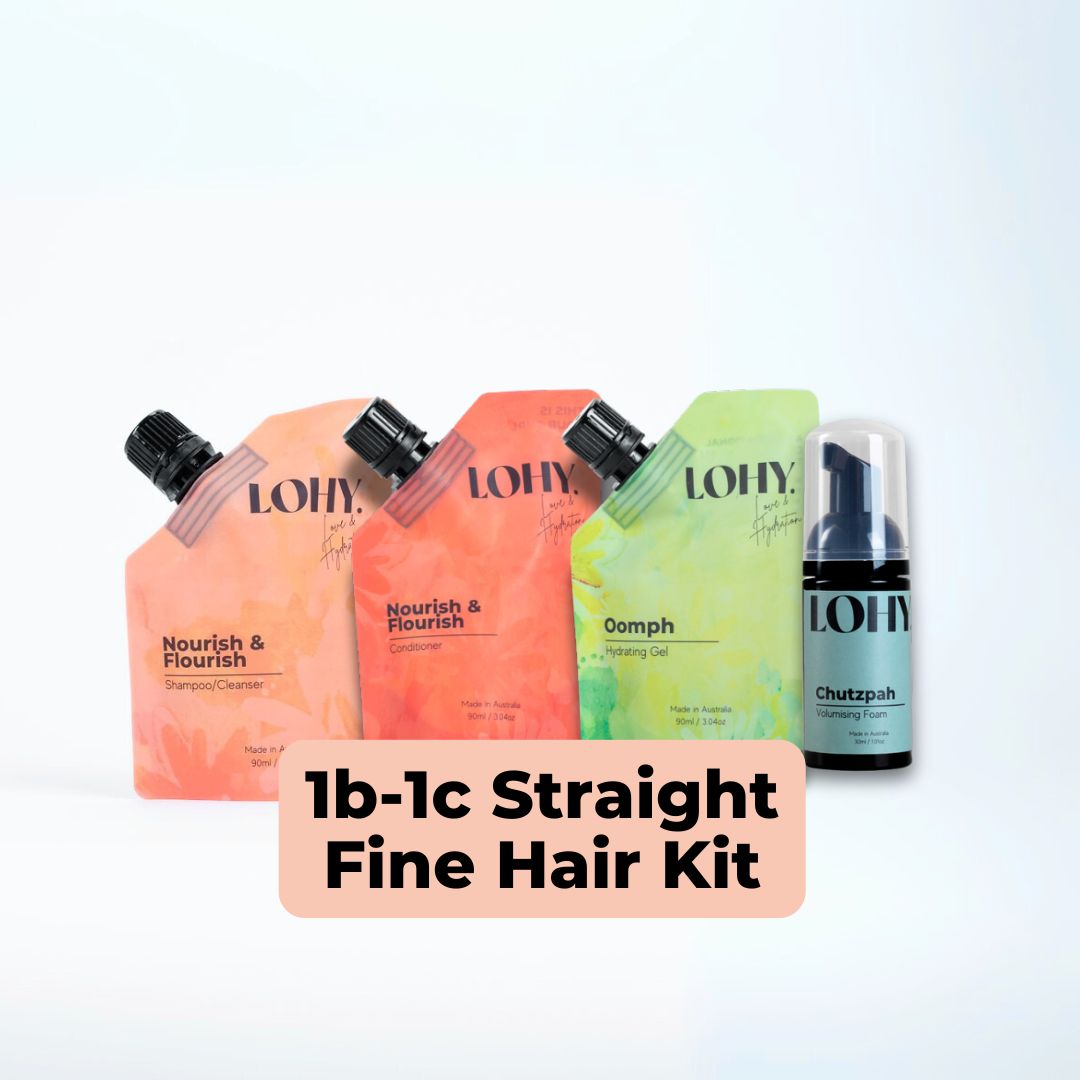
1b-1c Beach Wave Hair Kit
Couldn't load pickup availability
Pickup available at 4/164C Princes Highway
Usually ready in 24 hoursHow To Test The Porosity Of Your Type 1C Hair
The Strand Test is a simple yet effective way to determine the porosity of your hair, which in turn can greatly influence your hair care routine.
To perform this test: you need to place a single strand of clean, product-free hair in a bowl of room temperature water and observe how it behaves.
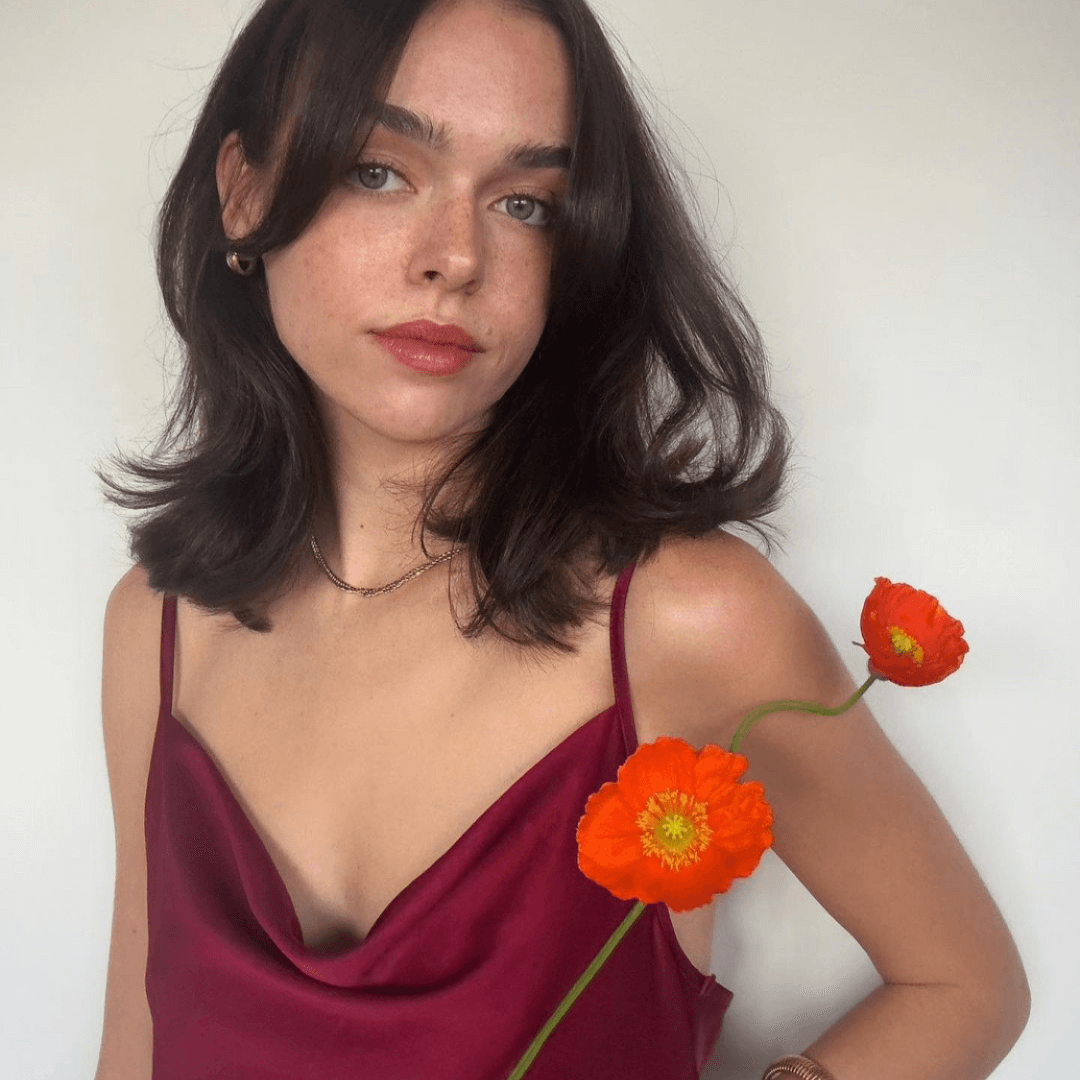
Caring for Your 1C Hair:
Caring for Type 1C hair involves balancing hydration, gentle handling, and proper styling techniques. Since 1C hair combines straightness with waves, it requires a nuanced approach:
- Washing: Use a gentle, hydrating shampoo for curly hair like Nourish & Flourish to cleanse without stripping natural oils. Follow up with Nourish & Flourish Conditioner, paying extra attention to the ends.
- Moisturising and Hydrating: Regular use of leave-in conditioners and curly hair masks are vital to keep 1C hair hydrated. Choose products that provide moisture without weighing down the hair- we recommend the Drench & Quench Hydrating Mask.
- Deep Conditioning: Opt for a deep conditioning treatment every two weeks. Choose lightweight formulas to avoid greasiness. Overnight treatments can offer deep hydration, but remember to rinse thoroughly in the morning.
Using Oils: Even though Type 1 hair can become greasy, light oils on Type 1C hair can be beneficial. Apply a small amount of LOHY’s Hush Nourishing Oil to the ends of your hair to add shine and reduce frizz. Use sparingly to avoid oiliness.
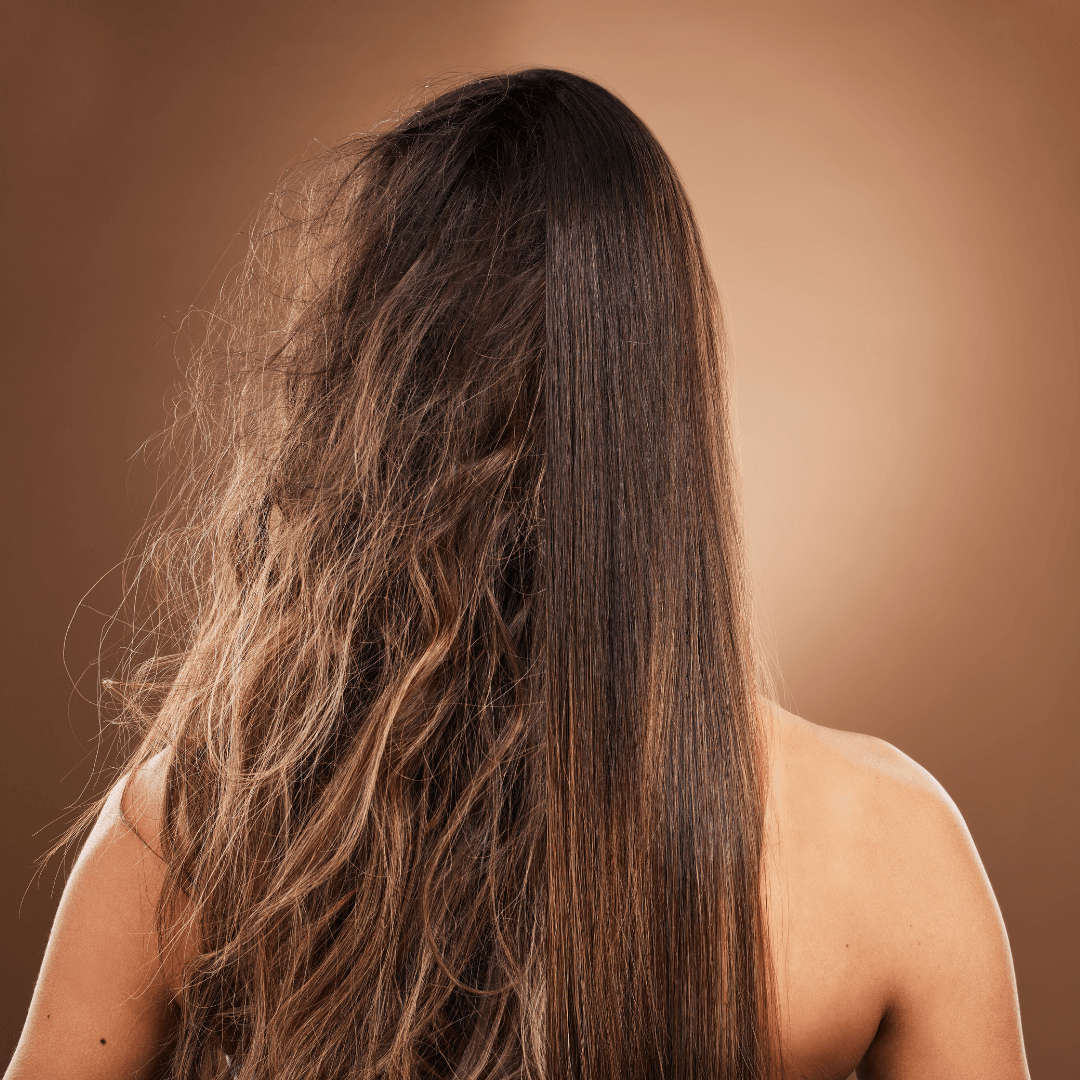
Step-by-Step Styling Guide for Type 1C Hair
Creating a beautiful wavy style with LOHy’s range of products is easy and effective for Type 1C hair. Here’s how you can achieve this look in six simple steps:
Start with a Clean Base:
- Use LOHY’s Nourish & Flourish Shampoo to gently cleanse your hair, followed by Nourish & Flourish Conditioner to hydrate. This combination ensures your hair is clean, moisturised, and ready for styling.
Apply Cruise Control Curl Cream:
- Once you've washed your hair and while it's still damp, apply Cruise Control evenly throughout your hair. Use your fingertips or a Flexi Brush to spread the cream from the roots to the tips. This step is crucial for creating the foundation for your waves, encouraging curl clumps to form.
Encourage Waves:
- Flip your head upside down and gently scrunch your hair with your hands. Listen for the ‘squelchy’ sound, which indicates that your hair is well-moisturised – a key aspect of achieving great waves.
Add Hold with Styling Products:
- For additional hold, apply Chutzpah Volumising Foam or Oomph Hydrating Gel. Start by applying the product to the ends and then work your way towards the roots. This helps ensure your waves will hold their shape for an extended period. If you desire a really strong hold, try LOHY’s POW Strong Hold Gel.
Diffuse for Volume:
- Dry your hair using a blow dryer with a diffuser attachment. Hover the diffuser over your hair to dry it gently. For extra volume, keep your head upside down and move your hair side to side as you dry.
Finish Your Style:
If you’ve used a strong hold gel, once your hair is completely dry, softly scrunch out any stiff or 'crispy' areas. This will leave you with soft, touchable waves that look natural and last all day.
By following these straightforward steps, you can effortlessly transform your Type 1C hair into a wavy, casual style using LOHY’s range of curl products. This approach turns straight hair into subtle, beautiful waves, perfect for a relaxed and stylish look.
Type 1C Trending Hairstyles
If something a little EXTRA is what you’re looking for, maybe for a night out, or a work function? Here are 7-8 trending hairstyles for Type 1C hair that enhance and celebrate its natural texture.
Each of these styles allows individuals with Type 1C hair to embrace and enhance their natural waves, offering options that range from casual to elegant.
5 Hot Tips For Caring For Your 1C Hair
- Avoid over-washing to prevent drying out your hair.
- Use a wide-tooth comb to detangle, reducing breakage.
- Protect your hair from sun damage with products that have UV protection.
- Trim regularly to prevent split ends.
- Sleep on a silk or satin pillowcase to reduce frizz and breakage.
Styles and Haircuts for 1C Hair
Change is as good as a holiday, and a new style and haircut might be just the change you’re needing!
Here's our tip picks for trending cuts and styles:
FAQs for Type 1C Hair
How do you maintain 1C hair?
Regular hydration, gentle styling, and minimal heat usage.
What products are good for 1C hair?
Hydrating shampoos, lightweight conditioners, and leave-in treatments.
Are silicones bad for 1C hair?
They can weigh down hair if overused. Look for water-soluble silicones or use silicone-free products.
What are the pros and cons of 1C hair?
Pros: Versatile styling options, natural volume, and a fuller appearance.
Cons: Prone to frizz, can be challenging to maintain a specific style due to its waviness, and requires regular hydration.
Can I use curl cream on 1C hair?
Yes, curl cream can enhance the natural wave of 1C hair. Opt for a lightweight formula to avoid weighing hair down
What shampoo is best for 1C hair?
Nourish & Flourish of course! A sulphate-free, hydrating shampoo is ideal for 1C hair to cleanse gently while maintaining natural oils.
Can Type 1 hair be frizzy?
Yes, especially Type 1C hair, which can become frizzy due to its wavy texture and environmental factors like humidity.
What hair type is the most frizzy?
Typically, hair types with more texture like curly and coily hair (Type 3 and 4) are more prone to frizz.
Can 1C hair be wavy?
Yes, 1C hair is essentially straight with a body wave, making it the waviest within the Type 1 category.
What are the characteristics of 1C hair?
1C hair is mostly straight with a visible wave, especially towards the ends, more volume compared to 1A and 1B, and a tendency towards frizz.
How can I make my 1C hair soft?
Regular conditioning, using leave-in treatments, and avoiding harsh chemicals can keep 1C hair soft.
Do I have 1B or 1C hair?
If your hair is mostly straight with a more noticeable wave and volume, it’s likely 1C.
Is My hair 1A or 1C?
If it's completely straight with no wave, it's likely 1A. If it has a slight wave, especially towards the ends, it's more likely 1C.
How can I make my 1C hair look good?
Use products that enhance its natural texture, minimise frizz, and choose haircuts that add volume and movement.
Is 1C hair frizzy?
It can be, especially in humid conditions. Using anti-frizz products and deep conditioning can help.
What are the layers of 1C hair?
The layers refer to the cuticle, cortex, and medulla. For 1C hair, the cuticle layer can be slightly raised, giving it its wavy texture.
Is Shea Moisture good for 1C hair?
Shea Moisture products can be beneficial for 1C hair, especially those designed for hydration and frizz control.
How can I make my hair less soft and frizzy?
Use a balancing shampoo, a lightweight conditioner, and a frizz-control serum or cream.
Can Type 1 hair get curly?
Naturally, Type 1 hair doesn't become curly, but it can be styled to create curls.
